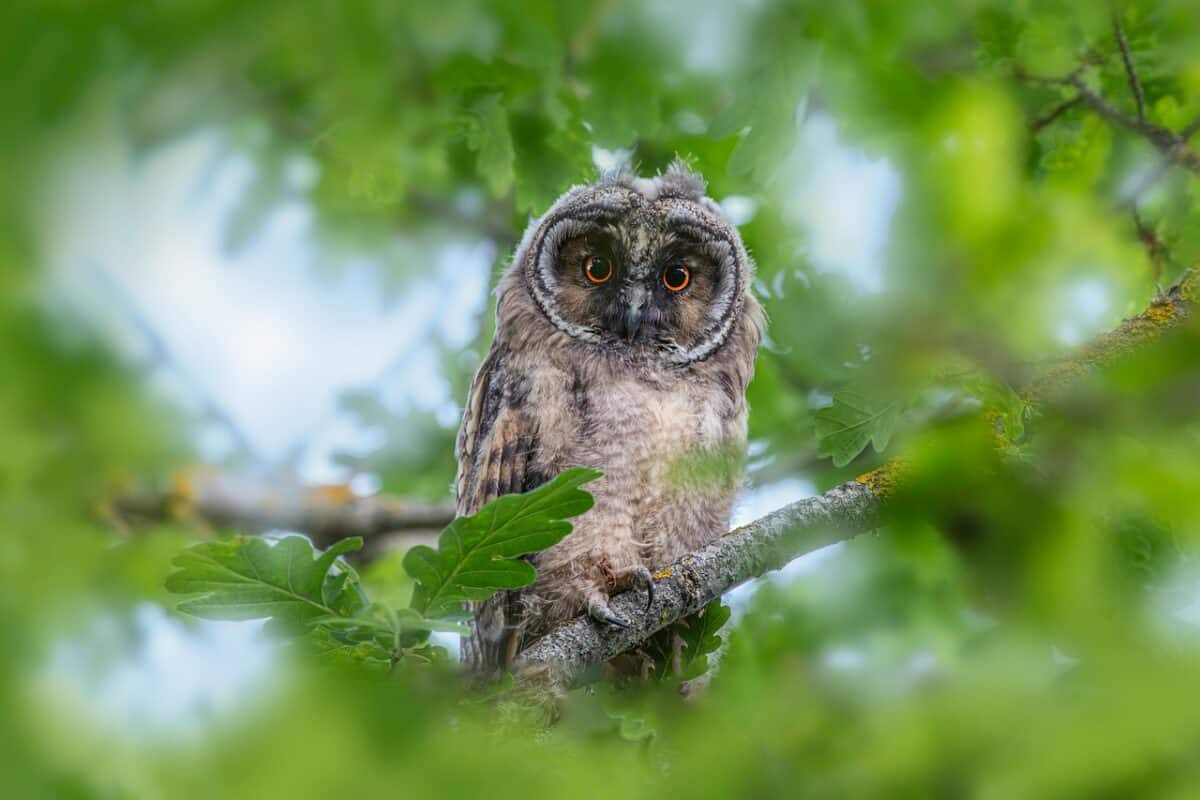The mysterious world of owls has captivated human imagination for centuries. These enigmatic birds of prey, with their silent flight and haunting calls, represent wisdom in many cultures yet remain elusive to most wildlife enthusiasts. Spotting owls in their natural habitat requires patience, knowledge, and the right approach. Whether you’re an experienced birder or a novice nature lover, this comprehensive guide will equip you with everything you need to know about finding, identifying, and respectfully observing these magnificent creatures in the wild. From understanding owl behavior to knowing when and where to look, get ready to embark on an unforgettable owl-watching adventure.
Understanding Owl Diversity

The world is home to approximately 250 owl species, with sizes ranging from the tiny Elf Owl (weighing just 31-43 grams) to the impressive Great Gray Owl with its 5-foot wingspan. North America alone hosts about 19 species, while regions like Europe have around 13. Owls occupy nearly every habitat on Earth except Antarctica, from dense forests and open grasslands to urban parks and desert landscapes. Each species has evolved specific adaptations for their environment, influencing their appearance, hunting techniques, and behavior. Before setting out on your owl-spotting journey, research which species are native to your region, as this knowledge will significantly narrow your search parameters and help you identify the telltale signs of their presence.
The Best Times for Owl Watching

Most owl species are nocturnal or crepuscular (active during dawn and dusk), making these periods optimal for owl watching. However, some species, like the Northern Hawk Owl and the Snowy Owl, are diurnal and hunt during daylight hours, especially in winter when food is scarce or in Arctic regions during the summer’s midnight sun. Breeding season (typically late winter through spring in North America) offers increased opportunities as owls become more vocal and territorial. The first few hours after sunset and the period just before sunrise provide excellent viewing opportunities as owls are most active during these transitional light conditions. Weather also plays a crucial role—owls tend to be less active during heavy rain or snow but may hunt before an approaching storm to secure food before adverse conditions arrive.
Essential Owl-Spotting Equipment

Proper equipment enhances your owl-watching experience while minimizing disturbance to these sensitive birds. Binoculars with good low-light capabilities (8×42 or 10×42 configurations are ideal) are essential for detailed observation from a respectful distance. A spotlight with a red filter causes less disturbance to nocturnal wildlife when needed. Thermal or night vision devices, though expensive, can significantly improve nighttime viewing possibilities. Dress in quiet, muted colors and fabrics that don’t rustle or reflect light. A field guide specific to owls in your region helps with identification, while a camera with a telephoto lens and good low-light performance allows you to document sightings without approaching too closely. Finally, consider bringing a reliable GPS or navigation app to mark locations and find your way in darkness, along with a notebook to record observations of behavior and habitat.
Locating Prime Owl Habitats

Understanding habitat preferences dramatically increases your chances of spotting owls. Woodland edges where forests meet fields or water bodies create ideal hunting grounds for many species. Great Horned Owls favor diverse landscapes with a mix of open areas and dense woods, while Barred Owls prefer mature forests with hollow trees for nesting. Barn Owls commonly inhabit agricultural areas, hunting across fields and nesting in abandoned buildings or tree cavities. Urban owls like Screech Owls have adapted to parks and suburban neighborhoods with mature trees. Look for specific habitat features that attract owls: standing dead trees (snags) with cavities for nesting, dense conifers for roosting, open areas for hunting, and water sources that support prey populations. National wildlife refuges, state parks, and nature preserves with diverse ecosystems often maintain healthy owl populations and sometimes offer guided owl prowls led by experienced naturalists.
Recognizing Owl Signs
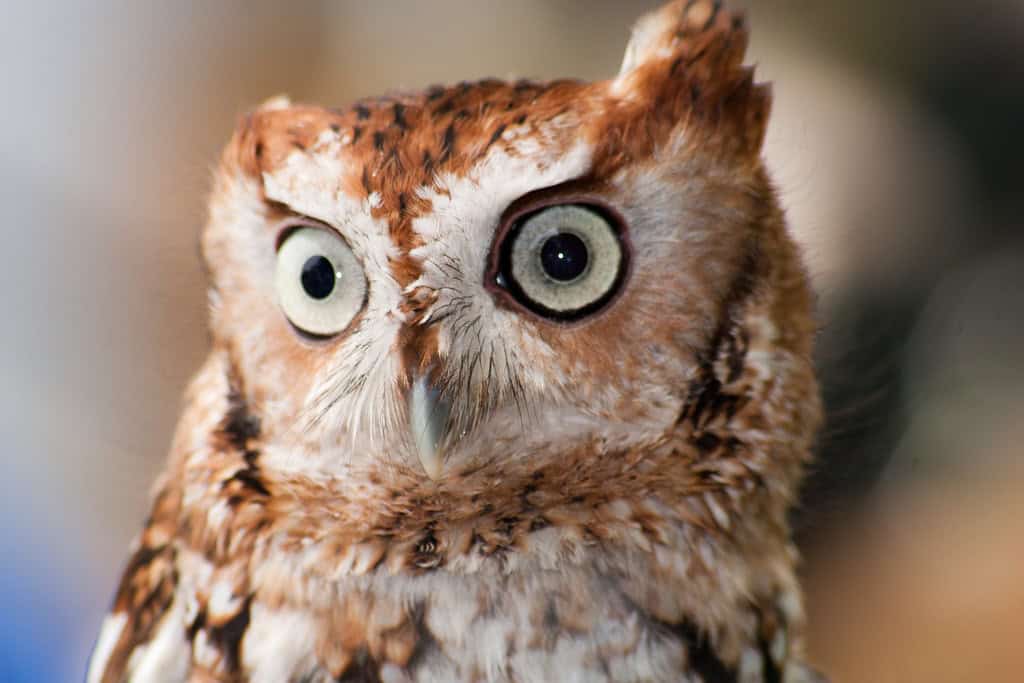
Even when owls themselves remain hidden, they leave evidence of their presence. Owl pellets—compacted masses of undigested bones, fur, and feathers regurgitated by owls—are distinctive markers often found beneath favorite perches. These dark, elongated pellets vary in size depending on the species and can reveal valuable information about the owl’s diet and identity. White splash marks (whitewash) on tree trunks, rocks, or the ground from owl droppings indicate regular perching spots. Molted feathers, particularly during late summer and early fall, provide another clue; owl feathers are soft, with serrated edges on flight feathers that enable silent flight. Listen for the reactions of other birds—crows, jays, and smaller songbirds often mob owls, creating a commotion that can lead you to a roosting owl. Regularly scan tree trunks about two-thirds up from the ground, especially in conifers where branches meet the trunk, as this is a favored roosting position for many species.
Learning Owl Vocalizations
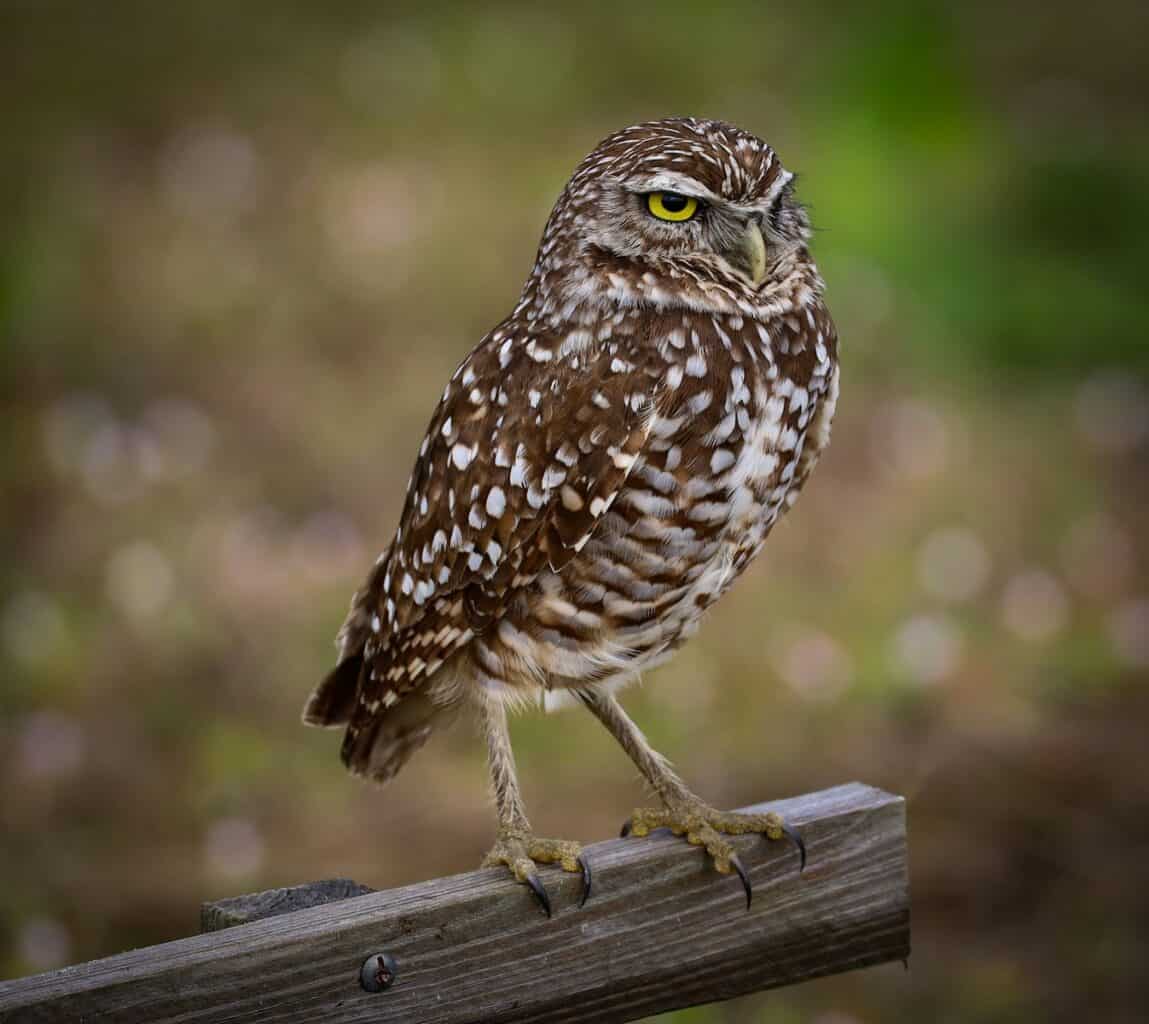
Owls produce a remarkable variety of vocalizations beyond the familiar “hoot.” The classic hooting calls often function as territorial announcements or mate attraction, particularly during breeding season. Great Horned Owls produce deep, resonant “hoo-hoo-hoo” calls, while Barred Owls are known for their distinctive “who-cooks-for-you, who-cooks-for-you-all” rhythm. Barn Owls emit eerie, raspy screeches rather than hoots. Eastern Screech Owls produce a descending whinny or monotone trill. Younger owls may make high-pitched begging calls when hungry. Some species also snap their bills as warning signals or during courtship displays. Familiarize yourself with the calls of local owl species through birding apps, websites, or wildlife recordings. Playing recorded owl calls to attract birds is discouraged as it causes stress, disrupts natural behavior, and can attract territorial males away from nest sites, potentially exposing eggs or young to predation or weather extremes.
Owl Identification Techniques
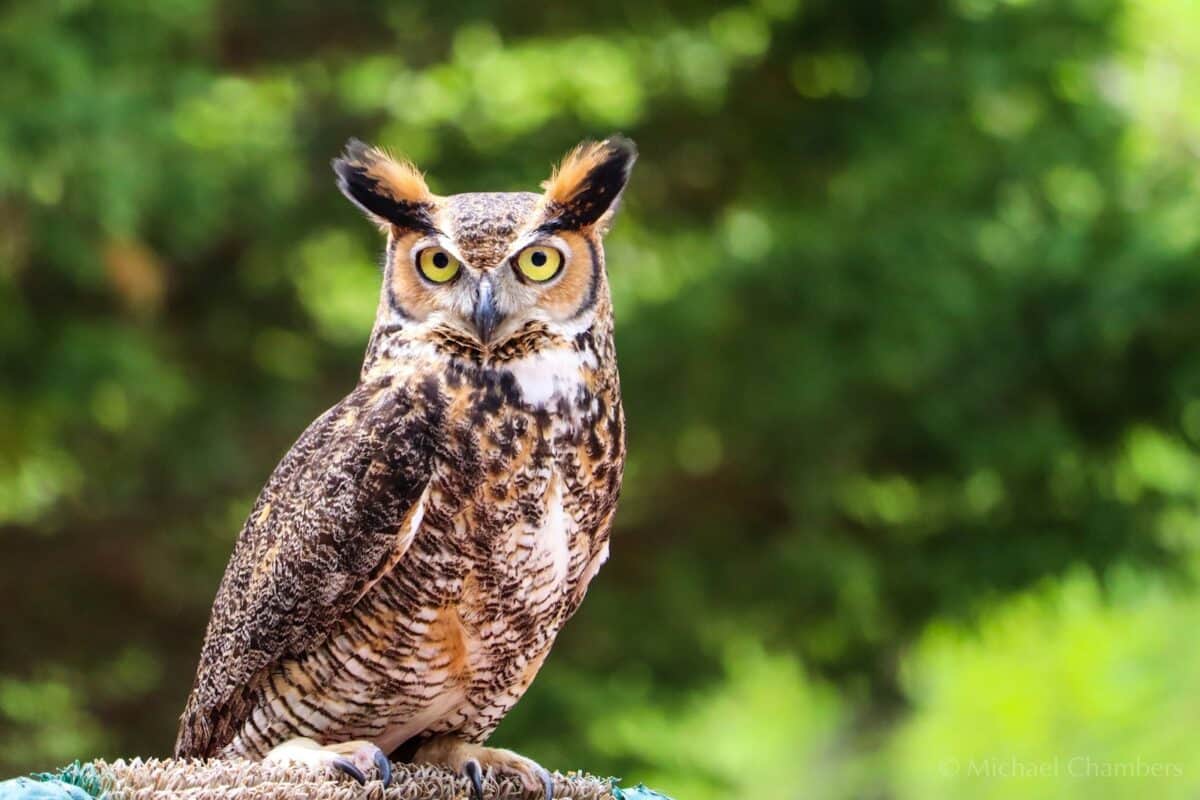
Identifying owls requires attention to several key characteristics. Size and silhouette provide initial clues—Great Horned Owls have prominent ear tufts and a bulky profile, while Barn Owls display heart-shaped facial disks and longer legs. Eye color varies significantly between species: Great Horned Owls have yellow eyes, Barred Owls have dark brown eyes, and Northern Saw-whet Owls have yellow-orange eyes. Facial disk patterns and coloration are particularly helpful for identification; the Barn Owl’s white heart-shaped face differs dramatically from the Great Gray Owl’s concentric gray circles. Flight patterns offer additional identification hints—Barn Owls fly with wavering, moth-like movements, while Great Horned Owls exhibit powerful, direct flight with deep wing beats. Plumage coloration and marking patterns vary widely between species but remain relatively consistent within species, though color morphs exist in some populations. When uncertain about identification, note multiple features including habitat, behavior, vocalizations, and physical characteristics rather than relying on a single trait.
Owl Watching Ethics

Responsible owl watching prioritizes the birds’ welfare above obtaining photographs or close views. Maintain a respectful distance of at least 50-100 feet from any owl, using optical equipment rather than approaching closely. This distance should increase during nesting season (typically February through June for most North American species) when disturbance can cause parents to abandon nests or eggs. Avoid using flash photography, especially at night, as it can temporarily blind owls and impair their hunting ability. Limit artificial light use to brief, necessary moments with red filters that cause less disruption to night vision. Keep noise to an absolute minimum—whisper if you must speak, silence electronic devices, and move slowly and deliberately to avoid startling these sensitive birds. Never reveal specific nesting locations on social media or public forums, as this can lead to disturbance from crowds. Instead, share general information about habitat and behavior that educates others about conservation needs. Always follow designated trails and respect private property boundaries while seeking owls.
Common Owl Species and Where to Find Them

North America hosts numerous owl species with distinct habitat preferences. The versatile Great Horned Owl occupies diverse environments from deserts to urban parks across the continent, often using abandoned hawk or crow nests. Barred Owls prefer mature mixed forests with water sources in eastern and northwestern regions, nesting in tree cavities or abandoned hawk nests. The cosmopolitan Barn Owl hunts open grasslands and farmlands worldwide, nesting in structures from abandoned buildings to tree hollows and cliff crevices. Eastern and Western Screech Owls thrive in suburban areas with mature trees and parks, utilizing tree cavities for nesting. Northern Saw-whet Owls inhabit dense coniferous or mixed forests across northern North America, favoring areas with small rodent populations. The diurnal Burrowing Owl makes its home in open grasslands and deserts of western North America, uniquely nesting in underground burrows often excavated by prairie dogs or ground squirrels. Snowy Owls breed in Arctic tundra but may migrate southward during winter months, appearing in open coastal areas, large fields, and even airports that resemble their tundra habitat.
Seasonal Owl-Watching Opportunities
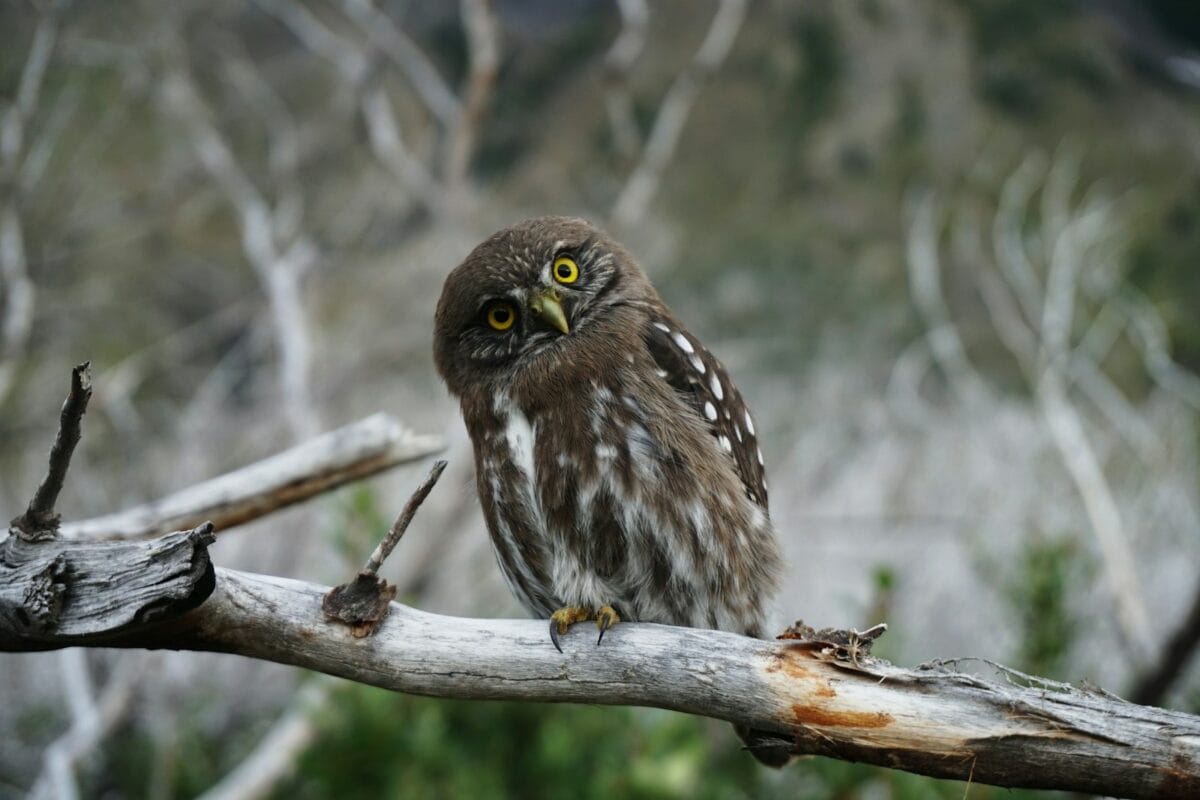
Each season offers unique owl-watching opportunities. Winter presents excellent conditions as deciduous trees lose foliage, improving visibility of roosting owls. This season also brings special opportunities to observe Snowy Owls during their southern migrations, particularly in open fields, coastal dunes, and airport perimeters across northern states and Canada. Spring showcases breeding behaviors including courtship displays, territorial calling, and nesting activities, with peak vocal activity occurring February through April for most species. Summer allows observation of owlets learning to hunt and fly, typically from late May through July, though getting too close to young owls may attract aggressive responses from protective parents. Fall migration (September through November) brings increased movement as some northern species like Northern Saw-whet Owls and Boreal Owls shift southward, while juvenile owls disperse from natal territories seeking their own hunting grounds. Specialized owl-banding stations operate during fall migration and sometimes offer public education programs where visitors can observe research and banding operations.
Photography Tips for Owl Watchers

Capturing images of wild owls presents unique challenges but yields rewarding results when done ethically. Invest in a telephoto lens (at least 300mm, preferably 400-600mm) to maintain a respectful distance while obtaining detailed images. Camera bodies with good high-ISO performance improve results in low-light conditions without requiring flash. Use a sturdy tripod to stabilize your equipment during longer exposures often necessary in dawn, dusk, or forest settings. When photographing, prioritize proper exposure of the owl’s face, particularly the eyes, as these convey the most character and detail. Consider exposure compensation of +1 to +2 stops for predominantly white species like Snowy Owls to preserve feather detail. Incorporate habitat elements that tell a story about the owl’s environment rather than isolating the bird against blurred backgrounds for every shot. Most importantly, never alter the environment by trimming branches or clearing vegetation for a better view, and avoid using live bait or captive animals to lure owls for photography. Remember that a truly great wildlife photograph documents natural behavior without disrupting it.
Common Challenges in Owl Spotting

Owl watching requires persistence to overcome several challenges. Camouflage represents perhaps the greatest difficulty—owls’ plumage blends remarkably with tree bark, foliage, and natural surroundings, making them nearly invisible even when perched in plain sight. Experienced owl watchers develop a search image by studying photographs and learning to recognize the distinctive oval silhouette and vertical posture. Weather conditions significantly impact success rates; strong winds cause owls to seek sheltered locations deeper in forests, while heavy precipitation generally reduces hunting activity. Seasonal variations affect behavior patterns—some species become less vocal outside breeding season, making acoustic detection more difficult. Accessibility presents another challenge, as prime owl habitat often includes remote areas or difficult terrain that may require special permission or challenging hikes to reach. Human disturbance in popular birding locations can drive owls to more secluded areas, requiring watchers to explore less-visited habitats. Patience remains the ultimate virtue—successful owl watchers often spend hours scanning potential habitat or waiting quietly near likely roosting sites before being rewarded with a sighting.
The Conservation Connection
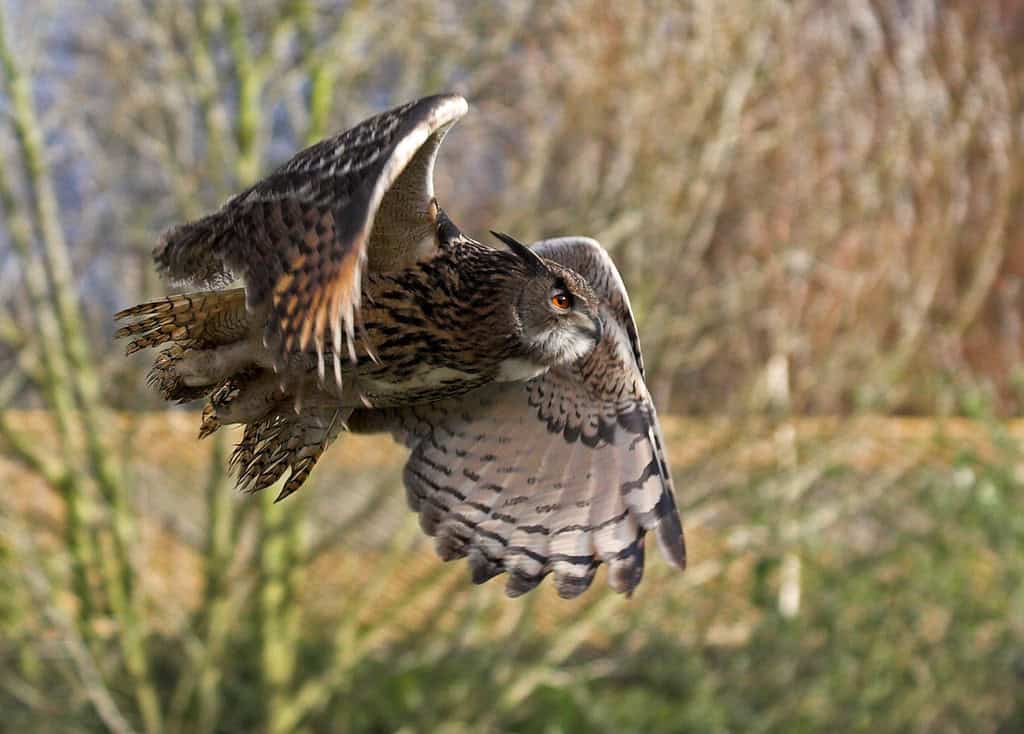
Owl watching contributes to conservation through increased awareness and citizen science. Responsible watchers can participate in monitoring programs like the Breeding Bird Survey, Christmas Bird Count, or specific owl monitoring initiatives that track population trends over time. These data help scientists identify declining populations before they reach crisis levels. Habitat loss represents the most significant threat to owl populations worldwide—from the clearing of old-growth forests that Spotted Owls depend on to the development of grasslands vital to Burrowing Owls. Secondary poisoning occurs when owls consume rodents that have ingested rat poisons containing anticoagulants, causing internal bleeding and death. Vehicle collisions disproportionately affect species like Barn Owls that hunt along roadside verges. Climate change alters prey availability and habitat suitability, forcing range shifts that may outpace owls’ ability to adapt. By supporting conservation organizations, advocating for habitat protection, using owl-friendly pest management practices, and sharing knowledge about these issues, owl enthusiasts become powerful allies in protecting these charismatic predators for future generations.
Conclusion: The Rewards of Owl Watching
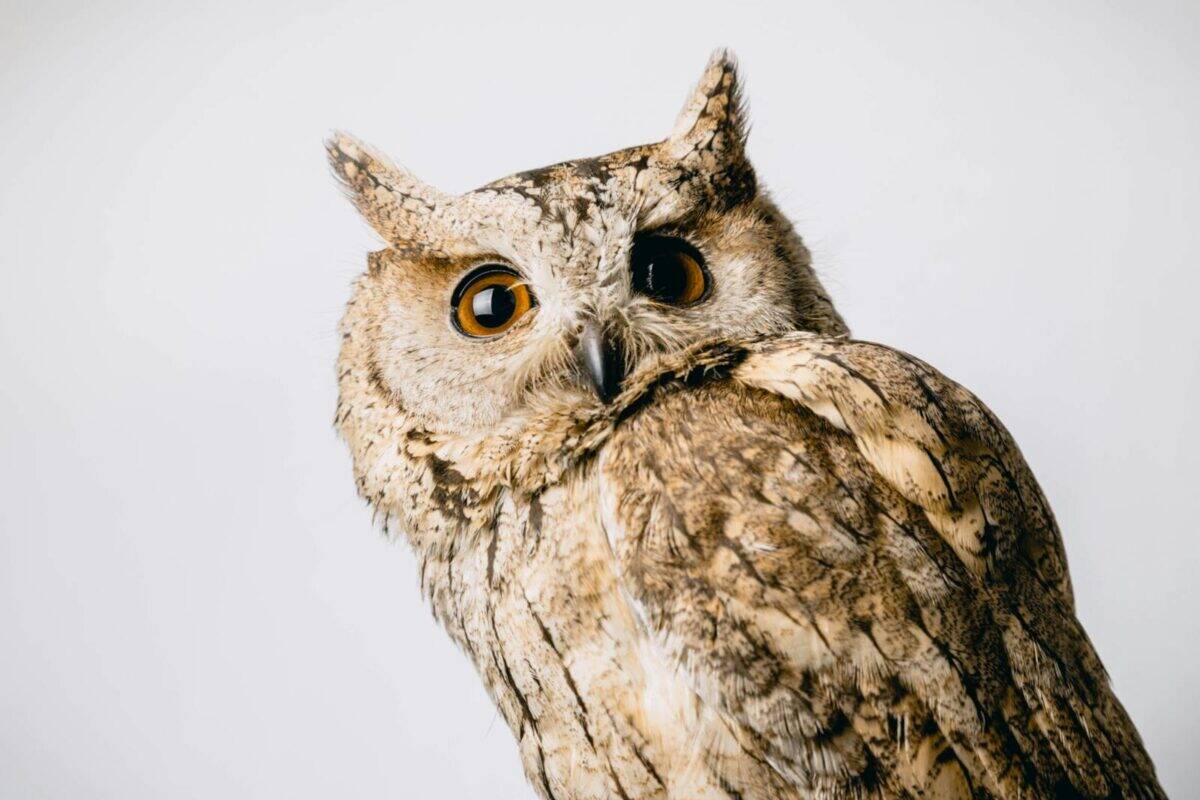
The pursuit of wild owls offers more than just the thrill of spotting an elusive species—it deepens our connection to the natural world and its rhythms. Each owl encounter becomes memorable not only for the sighting itself but for the journey of discovery that leads to it: learning to read landscapes, interpret natural signs, move quietly through wild places, and develop patience that carries over into other aspects of life. For many dedicated owl watchers, these experiences foster a profound sense of stewardship toward the habitats and ecosystems that support not only owls but countless other species. The skills developed through owl watching—careful observation, pattern recognition, quiet movement, and respect for wildlife—enhance overall nature appreciation and awareness. Whether you glimpse the silent wing-glide of a Barn Owl hunting at dusk or hear the deep hoots of a Great Horned Owl on a winter night, these encounters with wild owls offer windows into a parallel world that has existed alongside humanity for millennia yet remains largely hidden from casual observation.
- The Way Dogs Can Tell When You’re Sad - August 24, 2025
- Should We Reintroduce Wolves to More U.S. States? - August 24, 2025
- The Ultimate Guide to Spotting Owls in the Wild - August 24, 2025

